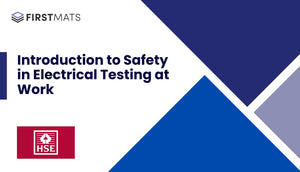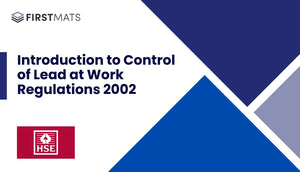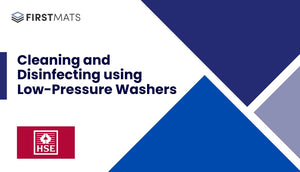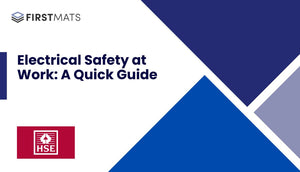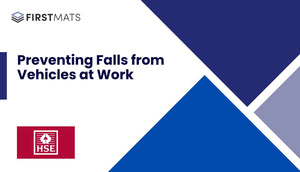Article Index:
Understanding Manual Handling at Work: A Quick Guide
In this article, we simplify the Health and Safety Executive (HSE) document "Manual Handling at Work: A Brief Guide" (01/20 INDG143(rev4)) into an easy-to-understand guide. The original document provides essential information for employers about the risks of manual handling tasks and how to protect their workforce.
What is Manual Handling?
Manual handling involves transporting or supporting a load by hand or bodily force. This includes lifting, lowering, pushing, pulling, moving or carrying a load. A load can be a movable object like a box or package, a person or an animal, or something being pushed or pulled, such as a roll cage or pallet truck.
The Problem with Manual Handling
Manual handling injuries are part of a wider group of musculoskeletal disorders (MSDs), which includes injuries and conditions causing pain to the back, joints, and limbs. Manual handling is one of the main causes of MSDs, particularly back pain. These risks are present in various workplaces such as farms, building sites, factories, offices, warehouses, hospitals, and delivery sites.
The Law on Manual Handling
The Management of Health and Safety at Work Regulations require employers to assess the risks to the health and safety of their workers. If hazardous manual handling of loads is identified, employers should comply with the Manual Handling Operations Regulations. The regulations require employers to:
- Avoid hazardous manual handling operations as far as reasonably practicable
- Assess the risk of injury to workers from any hazardous manual handling that can’t be avoided
- Reduce the risk of injury to workers from hazardous manual handling to as low as reasonably practicable
Workers also have duties to follow systems of work in place for their health and safety, use handling equipment properly, cooperate on health and safety matters, inform employers if they identify hazardous handling activities, and ensure their activities do not put others at risk.
How to Avoid Hazardous Manual Handling
Employers can eliminate hazardous manual handling by not moving loads or by automating or mechanising the operations. If handling the load cannot be avoided, employers should conduct a manual handling risk assessment to manage these risks. The assessment should consider risks arising from the task, the load, the working environment, individual capacity, any materials handling equipment or handling aids used, and how work is organised and allocated.
Manual Handling Training
Providing information and training alone will not ensure safe manual handling. The first objective should always be to design the handling operations to be as safe as reasonably practicable. Manual handling training is important to further manage the risk of injury if the task cannot be avoided and action has been taken to reduce the risk.
Conclusion
Manual handling at work can pose significant risks to employees. By understanding and implementing the guidance from the HSE document "Manual Handling at Work: A Brief Guide", employers can protect their workforce and comply with the law. It's crucial to assess the risks, implement necessary changes, and offer appropriate training to manage these risks effectively.


